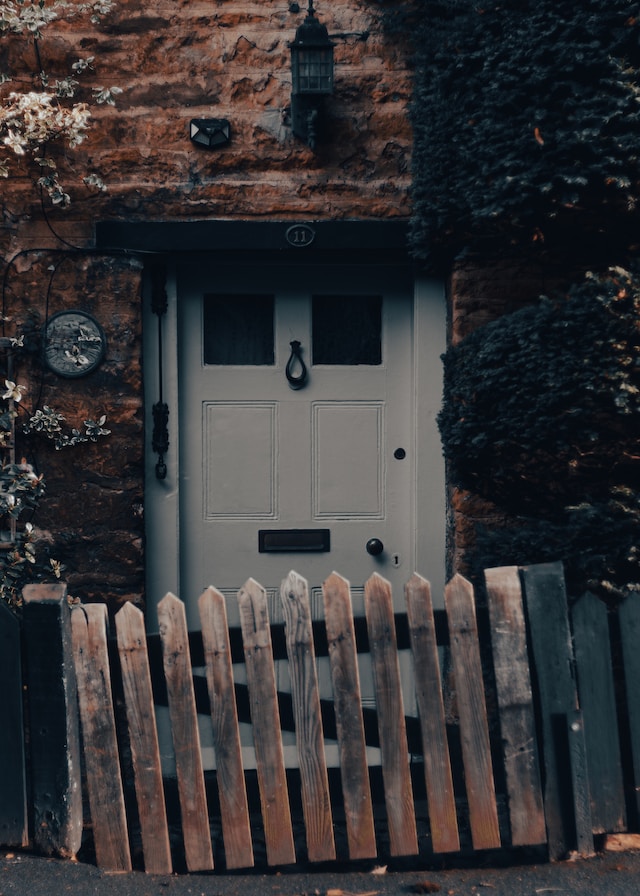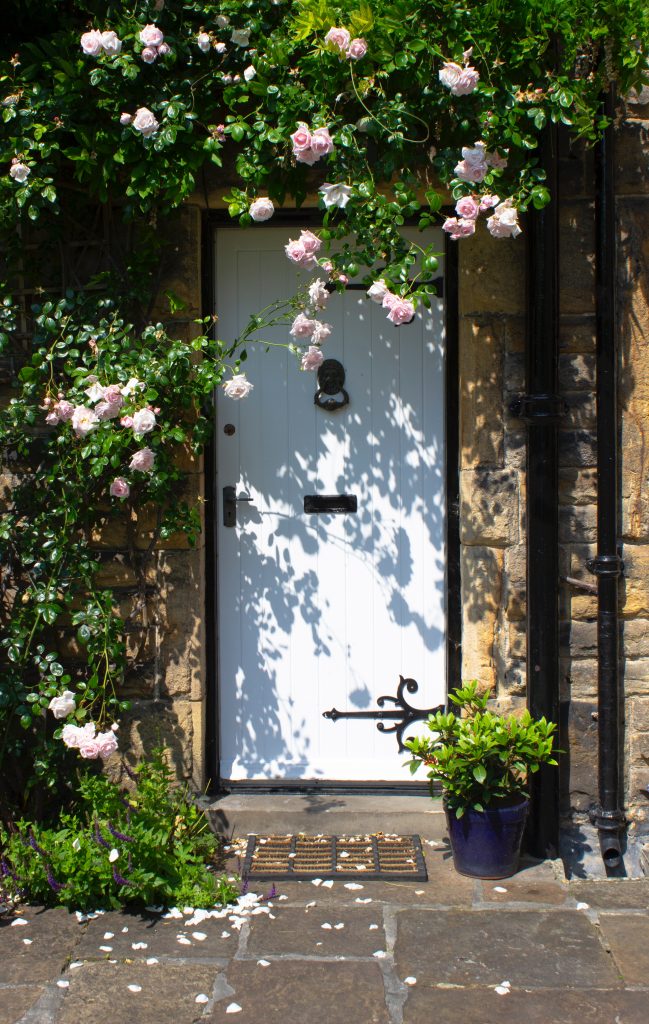2008
Exterior / External Window Shutters – A short history.
External or exterior window shutters as they are more commonly known were thought to of have originated in ancient Greece. In those ancient times glass, as a window covering, had not been invented so shutters were used to keep out the elements during the winter months as much as keeping the property cool during summer and to provide a degree of privacy.
The Ancient Egyptians invented glass for use in windows during the Roman occupation and it was the Romans who were responsible for transporting this new technology around their Empire.
With the advent of glass windows the reliance on shutters receded and it was not until more modern times that shutters installed within a room became popular. Interior shutters were often chosen as a replacement for curtains in countries where the climate was moist and humid and where insects might decide to make a home in any curtain material or even lunch out of it!
The Georgians were responsible for designing homes with shutters as a standard feature so that we now accept shutters as traditional part of British architecture It was the British during the Georgian era who exported this feature to the New World and places such as Georgetown, Savannah and Charleston (North America -USA) are still dominated by English architecture of this bygone age that are testimony to this.
Shutters are extremely popular the world over. Shutters on the outside of properties are more popular in locations that are extremely hot or suffer from bad weather. Shutters for the inside are found in every location, in just about every country as these take the place of curtains. It is almost impossible to see into a room during the day that has interior shutters installed even though the louvre blades might be open. The open louvre blades allow light to pass into the room whilst retaining privacy.
Fully operational exterior shutters are best installed where there is a deep recess and the opening (reveal) is not too wide. Homes in Mediterranean countries such as Italy for example have tall, relatively narrow, deeply recessed windows that open into the room. This allows the shutters to be easily operated from inside the room without the windows taking up too much space within the room itself when opened.
Here in the UK, most shutter installations are either interior or exterior decorative (non functional) in nature. This is because our windows are wide and relatively short with little or no recess. To make matters more complicated, most of the windows found in the UK open away from the building so making manual shutter operation from within the room impossible. Motors and other devices are available to get around this issue but this adds considerably to the cost
Exterior shutters tend to have louvres that are fixed in position and do not move although it is also quite common to see exterior shutters with adjustable louvre mechanisms.



